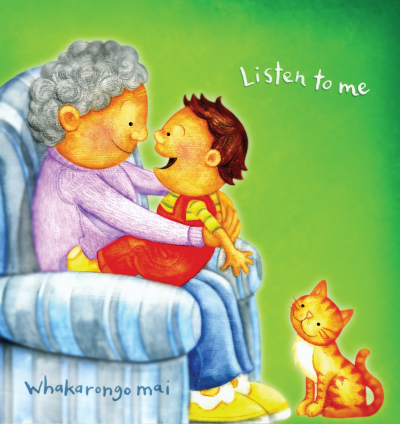
Imaginary friends
It's normal for children to have an imaginary friend. 'Friends' can help children deal with difficult issues, and it's good for whānau to accept a friend in the whare.
Imaginary friends
Imaginary friends are surprisingly common in young children. Researchers at the University of Oregon found that by age 7, 37 percent of children have created an invisible friend.
These friends can be human, an animal or even a fantasy creature. There may be just one, or there may be a group.
Pātai atu ki te whānau:
- Is this something you’ve ever noticed with your tamaiti?
- If your tamaiti has an imaginary friend, how do you feel about that?
Help whānau understand that it is not a cause for concern. An imaginary friend can help a child to develop coping strategies for difficulties or even traumatic experiences. An imaginary friend can also help tamariki to cope with fears.
Imaginary friends are a particular sort of pretend play – they can be part of a child’s life for several years.
Pātai atu ki te whānau:
- How would you respond to an imaginary friend in your whare ?
Sometimes the imaginary friend can get the blame for doing things the child knows are not okay with whānau.
But whānau don’t need to buy into that: ‘No matter who made this mess, it still needs to be tidied up!’
It is okay for whānau to ‘live with’ the imaginary friend, to play along, to ask their tamaiti about their friend and get insights into the child’s thinking, feelings or concerns.
Helpful resources for whānau
-
Family and dramatic play
Ministry of Education
New Zealand-based early childhood education information on the value of pretend play for preschoolers.
-
Imaginary friends
Psychology Today
Reassuring information about children who have imaginary friends.
-
Pretend play
Seriously Kids
This gives a summary of pretend play in a child’s early years and ways to support and encourage it.












